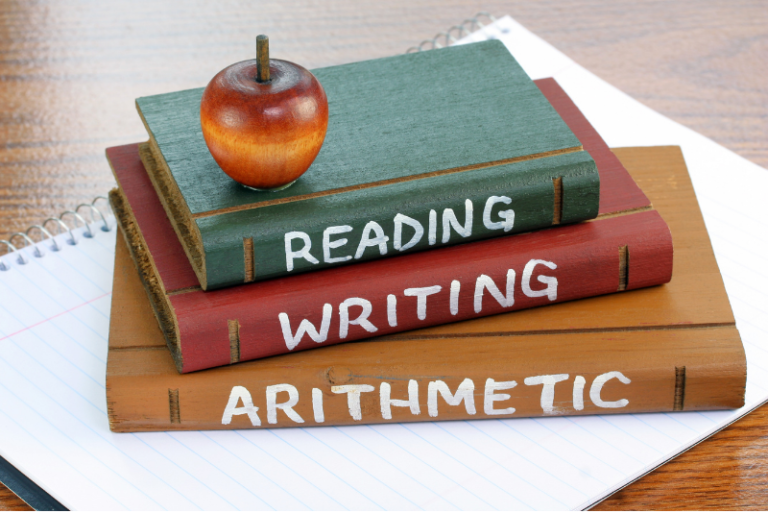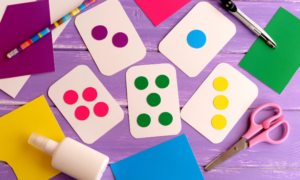
How to encourage reading and writing at home
Learning is a complex process regardless of age or ability. It is particularly crucial in the early childhood years because your child’s brain is rapidly developing. During this phase, children mostly learn informally from their parents. For children with learning disabilities and ADHD, the complexity is compounded many times over as steps like reading and writing become hurdles.
You can help your child overcome these hurdles by providing a safe space and the encouragement to build curiosity. Reading and writing are critical not only for a child’s schooling experience but also for their development later in life. Starting early at home can benefit the child as it makes the classroom experience easier while also building their confidence. Research has shown that “adult monitoring” and “modelling of strategies” is necessarily relevant for children to better their comprehension.
Further, children with learning disabilities learn effectively through the use of multi-sensory techniques as children learn better when they are active participants as opposed to passive receivers. A proactive approach to learning also helps children understand with greater depth as it allows children to engage through a variety of senses (e.g., see, hear, touch, do, move). Dr. Marcia Henry, former president of the International Dyslexia Association, describes: “multi-sensory instruction is the linkage of visual, auditory, and kinesthetics-tactile modalities. Students simultaneously link the visual symbol (what they see) with its corresponding sound (what they hear) and kinesthetics-tactile input (what they feel) as they write a letter accurately and say the corresponding sound(s).”

Some examples are:
Multi-sensory techniques
- Use of interactive toys like interlocking cubes or shape blocks should be used to help understand the basic concept of maths.
- Putting text on flashcards, posters, or using letter blocks and toys can help in retention.
- Using bold and flashy colours while writing numbers or letters can stimulate visual learning.
- Use Audio simulation in the form of rhymes or songs or language games.
- Textured objects like using finger paints or sand trays to trace words can involve the use of the sense of touch and help in engaging your child. These are called tactile teaching methods.
- Use body movements, or kinesthetics methods as physical games to learn counting or spelling.
Some ways through which you can constructively address writing and reading issues at home:
Reading
- Make learning interactive. Play alphabet games or use the alphabet song to teach letters. Similarly, use picture books to introduce reading.
- As you teach the alphabet, sound out all the letters, also point and sound new words. Make phonetic connections to previously known words, for example, “cat rhymes with a hat.”
- Instill the value of reading and help your child recognise the importance of learning. You can also do the same by being involved in the process, by reading books aloud in an engaging manner and then discussing the content to build an appreciation for the material.
- Let your child develop a curiosity and a relationship to learning. Do so by letting them turn pages, and point and underline the word themselves, as you read aloud.
- As you read, help them make a note of new words, their spellings and meanings. Use them in other sentences to help your child understand further.
Writing
- Try and use capital letters, at least in the beginning, as they are easier to write and comprehend. Teach letters using lines and shapes, essentially making your child understand letter form and spacing.
- Start by teaching your child to spell and write their name, so that they can relate to the process.
- Use visual tools like flowcharts to help your child organise their thoughts, so that they can effectively build sentences and eventually paragraphs.
- Encourage creative expression through writing by giving your child fun prompts.
- Ensure that the child constantly practices so that they continue to be engaged with the act of putting pen to paper. This is also important as writing, more than any other task, requires an active exertion of the memory system. And constant practice can help build intuition.
- Encourage and engage your child to facilitate learning. Engagement can be done with several senses at the same time to help focus and avoid attention problems.
Lastly, even as you provide a stimulating environment at home to encourage reading and writing, it is equally essential to be in communication with your child’s educators and work in tandem with them to achieve your goals.